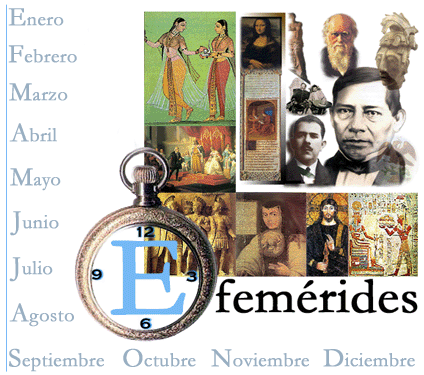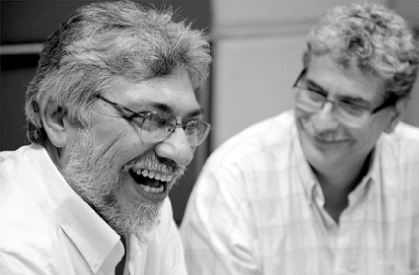 A atrium It is a cavity that is part of the heart, there are two in total, the right atrium and the left atrium.
A atrium It is a cavity that is part of the heart, there are two in total, the right atrium and the left atrium.
The atria are the cavities to which the blood from the general and pulmonary circulation reaches, once filled they contract, thus passing this fluid towards the ventricles. They are also the structures where the heart's natural pacemaker is located.
Structure and function of the atria
The atria are located behind the ventricles, they are smaller than these, they are cubic in shape with six walls formed by muscle tissue, inside they are lined by a thin layer of cells called the endocardium.
They are separated from each other by the interatrial septum and communicate with the ventricles through the atrioventricular valves, which are two, the right atrium communicates with the right ventricle through the tricuspid valve, while the left atrium separates from the left ventricle through the mitral valve.
The right atrium receives blood from the body through the superior and inferior vena cava, it also receives blood from the heart muscle through a cardiac vein known as the coronary sinus.
The left atrium It receives blood from the pulmonary circulation through the pulmonary veins, which are four in total, two on the right and two on the left.
The electrical activity of the heart begins in the atria
The right atrium contains in its posterior wall an important structure known as sinus node, this contains highly specialized cells capable of generating repeated depolarizations that act like a pacemaker that allows an automatic activity to exist that determines the frequency with which the heart beats.
 From the sinus node, the electrical impulse travels to the wall of both atria and subsequently to the ventricles after a brief delay in conduction that occurs in a second node, the atrioventricular node.
From the sinus node, the electrical impulse travels to the wall of both atria and subsequently to the ventricles after a brief delay in conduction that occurs in a second node, the atrioventricular node.
The heart's pumping activity takes place in two phases, the diastole in which it fills with blood and the systole in which it expels it. During diastole the blood passes from the atria to the ventricles, once full, systole begins, which closes the atrioventricular valves causing the blood not to return to the atria but rather to leave the heart through the arteries aorta and pulmonary. While the ventricles are contracting in systole, the atria fill with blood to start a new cycle.
Photos: iStock - Ugreen / Tigatelu









